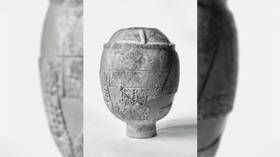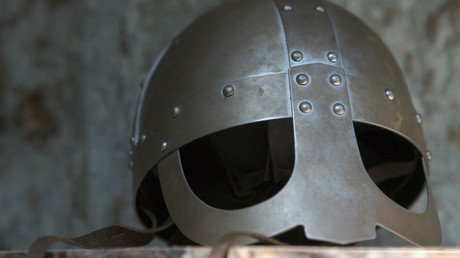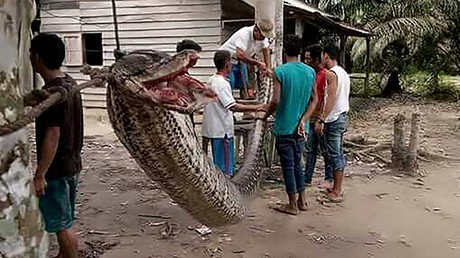Dozens of decapitated skeletons unearthed in mysterious ancient cemetery (PHOTOS)
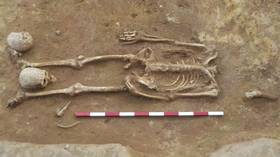
A cemetery dating back to the 4th century has been uncovered by archaeologists in Suffolk, England, revealing 52 incredibly well-preserved skeletons, many of which had been decapitated.
The dig at the Roman-era cemetery revealed many disembodied skeletons, buried with their heads carefully placed between their legs or feet. Some of the remains were merely skulls, buried without corresponding bodies. In all, only 17 of the 52 bodies of men, women and children were buried in the standard lying position.
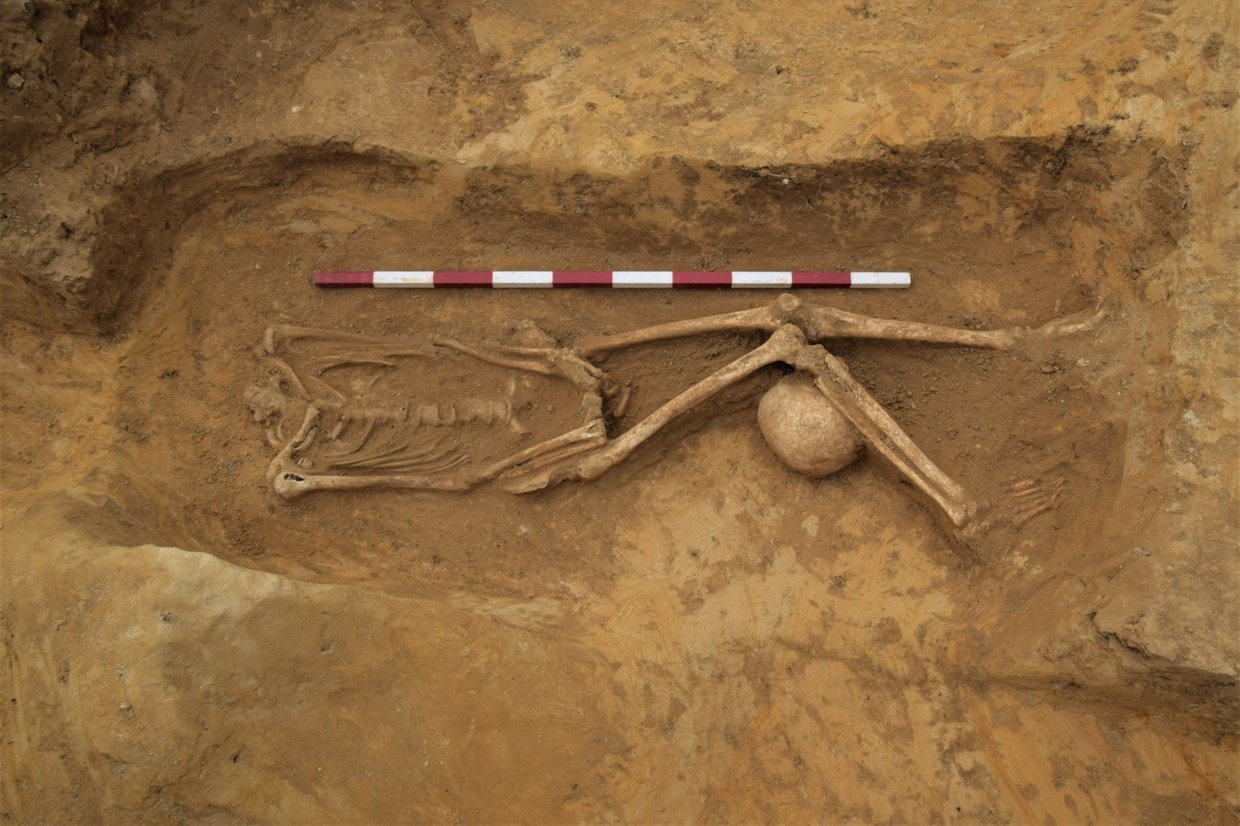
Archeologists believe the deceased were not decapitated before death, but after. The heads appear to have been very carefully removed by a clean cut from the front just behind the jaw, unlike the violent, low cuts seen in ancient executions.
Most of the deceased lived until they were middle aged or older, although there was one small child and two other children aged about nine or 10. The majority of those buried at the site had very well-built upper bodies, suggesting they worked in agriculture and were well-nourished.
The Great Whelnetham area was a known Roman settlement, dating from the 1st century. An Archeological dig began ahead of planned housing development and, because the ground is fine, excavators thought any remains would have long disintegrated.
“We weren’t expecting to find this many or that well preserved,” archaeologist Andrew Peachey of Archaeological Solutions, the company conducting the dig, told the BBC.
It’s typical for Roman cemeteries across the country to have a small number of so-called “deviant” burials, sites that differ from the standard burial much like the ones we have today. However this site had an unusually high number of “deviants”. So high, in fact, that for this population it should be regarded as normal practice, says Peachey.
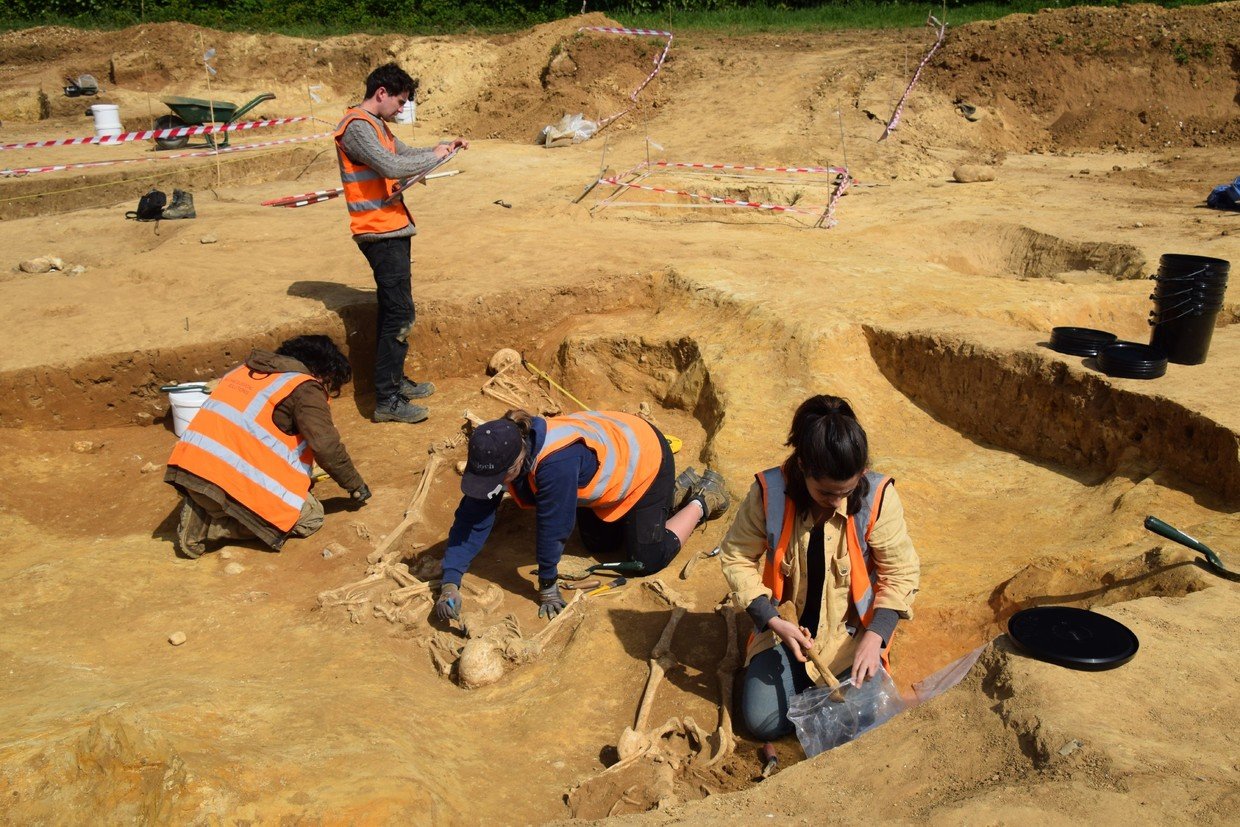
Although why only this cemetery deviated so far from the expected norm is still a mystery. It is possible that a Roman cult removed the heads as part of their religious burial ritual, according to Peachey. Another explanation could be that this particular population came from elsewhere in the Roman empire, possibly as slaves, and brought the burial practice with them.
The skeletons have since been moved to a museum archive for further study and to gain a better understanding of their history and their village.
Like this story? Share it with a friend!
